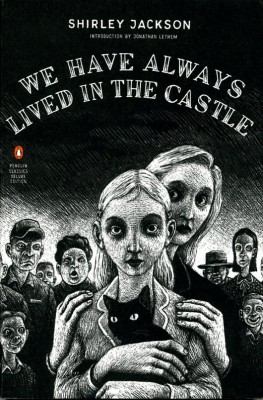Date read: 3.5.11
Book from: Personal collection
Reviewer: Emera
Words from the master (and by master, I mean Cimorene):
“Being upset is no excuse. If you’re going to be rude, do it for a reason and get something from it.”
I was down for the count with a stomach virus two weekends ago, which seemed an excellent excuse to loll around in bed with Talking to Dragons. I have nothing in the way of intelligent commentary, except to say that this series never stops being as clever and sharp and all-around excellent as I remembered it being. The combination in this book of Daystar being a hyperpolite semi-wuss (saved from true wussiness by his sensibleness and competence) and Shiara being as rude as possible to everyone they meet is particularly winning. Also, I didn’t at all remember that happening between Morwen and Telemain, so that ended up being a very pleasant surprise.
Cover-flap summary:
Daystar has never seen his mother, Cimorene, actually perform magic. Nor has he ever known her to enter the Enchanted Forest in all the years they have lived on its edge. That is not until a wizard shows up at their cottage shortly after Daystar’s sixteenth birthday. Much to Daystar’s surprise, Cimorene melts the unsavory fellow. And the following day, she comes out of the Enchanted Forest carrying a sword. With that and little else, she sends him off into adventure. Daystar doesn’t know why he’s tromping through the Forest fighting wizards and monsters, but others seem to know. Accompanied by a quick-tempered firewitch, Daystar stumbles upon a number of characters from his mother’s past: Morwen the witch, Telemain the magician, and Kazul the king of dragons.
Go to:
Patricia C. Wrede: bio and works reviewed
Dealing With Dragons, by Patricia C. Wrede (1990) E




